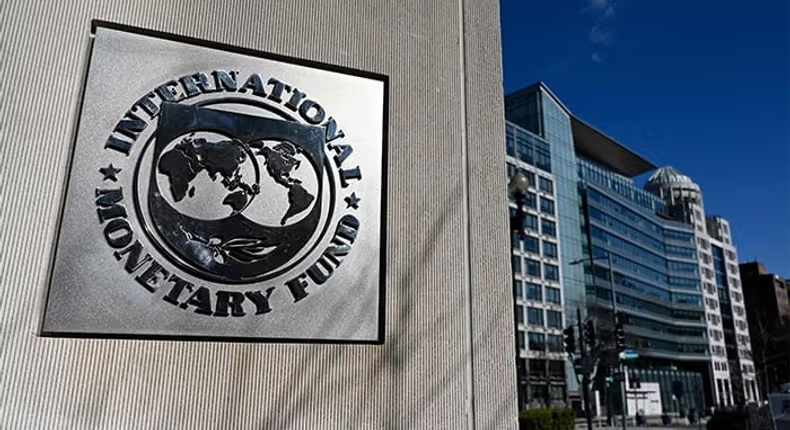The International Monetary Fund (IMF) has reported a significant weakening of the US dollar since April 2025, despite higher yields in the United States compared to other advanced economies. The development was captured in the IMF’s July 2025 World Economic Outlook update, which also highlighted a broader easing in global financial conditions and shifts in monetary policy expectations across key economies.
According to the Fund, the depreciation of the dollar is partly attributed to structural factors, including a perceived shift by investors away from US securities. However, data on cross-border capital flows does not yet point to a broad withdrawal from US assets.
“Increased hedging against dollar weakness, driven by investor concerns over the changing risk-hedging characteristics of the currency, has contributed in part to its decline,” the report stated. The IMF noted, however, that it remains unclear whether this change in perception is temporary or part of a longer-term shift.
In contrast, emerging market currencies have generally strengthened since April, with renewed capital inflows and greater confidence in the capacity of some emerging market central banks to ease monetary policy. This positive sentiment has supported a decline in local currency yields in these markets, especially as the dollar weakens.
The report further observed that global financial conditions have reverted to more accommodative levels, with equity valuations climbing back to elevated positions and corporate credit spreads tightening. Despite ongoing uncertainty around trade policy, market volatility has fallen.
“Market participants remain vigilant regarding the delayed effects of tariffs, although economic data has so far shown resilience,” the IMF noted. However, the Fund warned that a resurgence in tariffs after current pauses could dampen investor sentiment and prompt a sharp repricing of risk assets.
Monetary policy projections for major economies have shifted significantly since April. The European Central Bank (ECB) is expected to cut interest rates once more this year before halting its easing cycle. Meanwhile, both the US Federal Reserve and the Bank of England are projected to cut rates twice more in 2025 after temporary pauses to assess new economic data.
Japan remains an exception, with markets pricing in only a slim and declining possibility of another rate hike this year.
On the fiscal front, the IMF observed that sovereign yield curves in advanced economies have steepened due to increased bond issuance, widening fiscal deficits, and reduced demand for long-duration securities. These factors—alongside ongoing quantitative tightening—have exerted upward pressure on long-term yields.
“Despite yield pressures in advanced economies, emerging markets have seen declining local currency yields, supported by the weakening dollar,” the report concluded.
The IMF’s July outlook underscores a complex and rapidly shifting global economic environment, with divergent monetary paths, ongoing geopolitical risks, and evolving investor behavior continuing to shape financial markets through the second half of the year.

